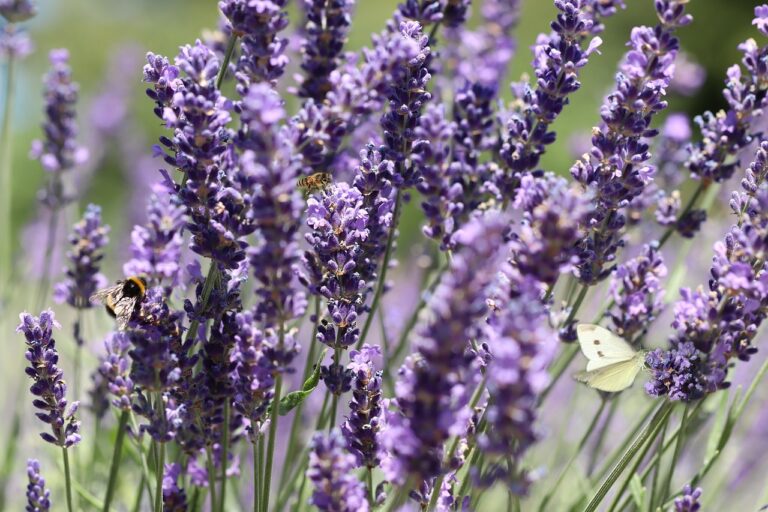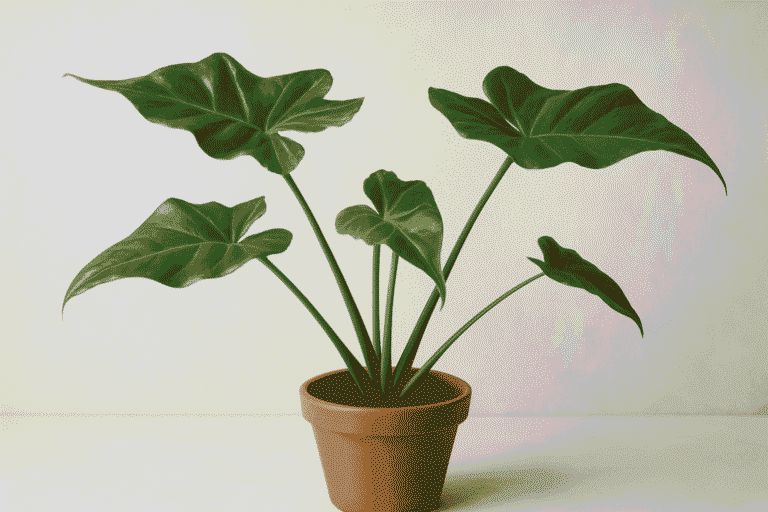best indoor plants for low light
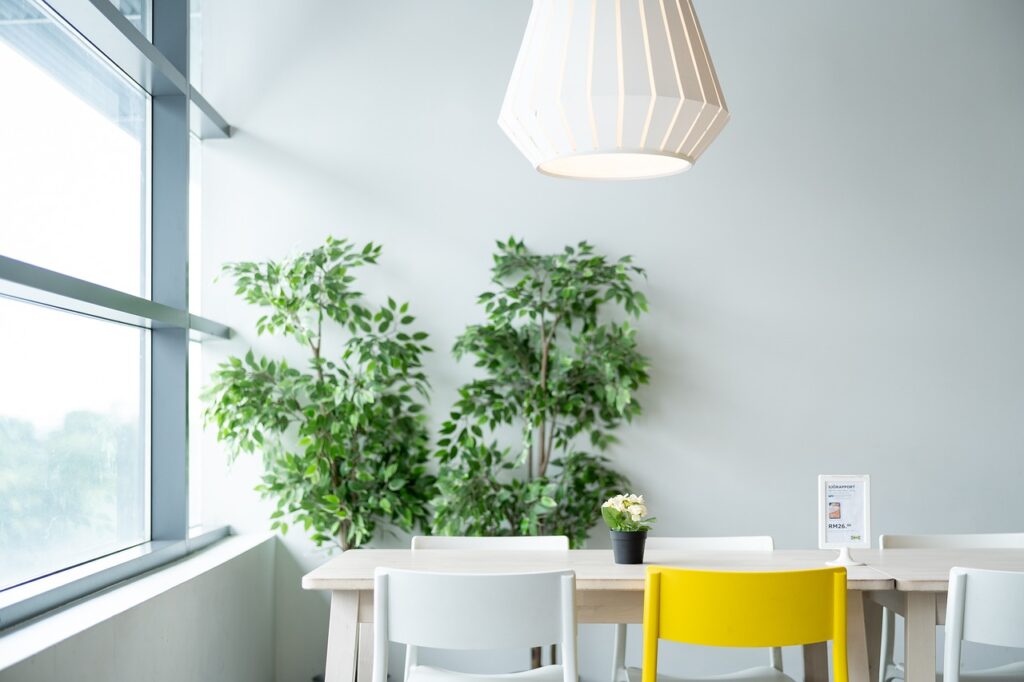
Finding the best indoor plants for low light can be tricky, especially if your home doesn’t get much natural sunlight. But don’t worry—plenty of beautiful, air-purifying plants thrive in dimly lit spaces, making them perfect for offices, apartments, or rooms with minimal windows.
Whether you want to add greenery to your bedroom, brighten up a corner of your living room, or simply enjoy the benefits of indoor plants without the hassle of constant care, choosing the right low-light plants is key. The good news? Many of these plants are low-maintenance, requiring only occasional watering and minimal attention.
In this guide, we’ll explore some of the best indoor plants for low light, including hardy favorites like the Snake Plant, ZZ Plant, and Peace Lily. We’ll also discuss how to care for them, where to place them for optimal growth, and tips to keep them thriving. Even if you don’t have a green thumb, these plants are forgiving and will bring life to your space with little effort.
Ready to transform your home with lush, easy-care greenery? Let’s dive into the best low-light indoor plants that will flourish even in the darkest corners of your home.
1. Philodendron

The Philodendron is one of the most popular indoor plants, loved for its lush foliage and easy-going nature. Whether you’re a beginner or an experienced plant parent, this tropical beauty is a fantastic addition to any low-light space. With its heart-shaped leaves and trailing vines, a Philodendron can add a touch of greenery to bookshelves, desks, or hanging planters, instantly elevating your home’s ambiance.
One of the best things about Philodendron is its adaptability. While it enjoys bright, indirect light, it also thrives in low-light conditions, making it a perfect choice for rooms with minimal sunlight. Plus, it’s low-maintenance—occasional watering and some basic care are all it needs to stay healthy. Just let the soil dry out between waterings, and your plant will reward you with steady growth.
Another reason plant lovers adore Philodendron is its air-purifying qualities. It helps remove toxins from the air, promoting a fresher and healthier indoor environment. Whether you opt for a trailing variety like the Philodendron Brasil or a bushier type like the Philodendron Rojo Congo, you’ll enjoy a vibrant, low-light-friendly houseplant that’s as beautiful as it is resilient.
2. Prayer Plant

The Prayer Plant is a stunning indoor plant known for its vibrant, patterned leaves that fold up at night—just like hands in prayer, which is how it got its name. This tropical beauty brings a unique touch to any space, making it a favorite among houseplant lovers. Its striking foliage, often featuring deep green, red, and purple hues, adds a pop of color to low-light areas in your home.
One of the best things about the Prayer Plant is its adaptability. While it thrives in bright, indirect light, it can also do well in lower-light conditions, making it perfect for apartments, offices, or rooms with limited sunlight. However, it does love humidity, so occasional misting or placing it near a humidifier will keep it happy and thriving.
Caring for a Prayer Plant is relatively easy. Keep its soil slightly moist but not soggy, and use filtered water when possible, as it can be sensitive to chemicals in tap water. With the right care, this plant will reward you with lush growth and even occasional tiny blooms. If you’re looking for a visually striking, low-light-friendly houseplant, the Prayer Plant is a perfect choice!
3. Peace Lily
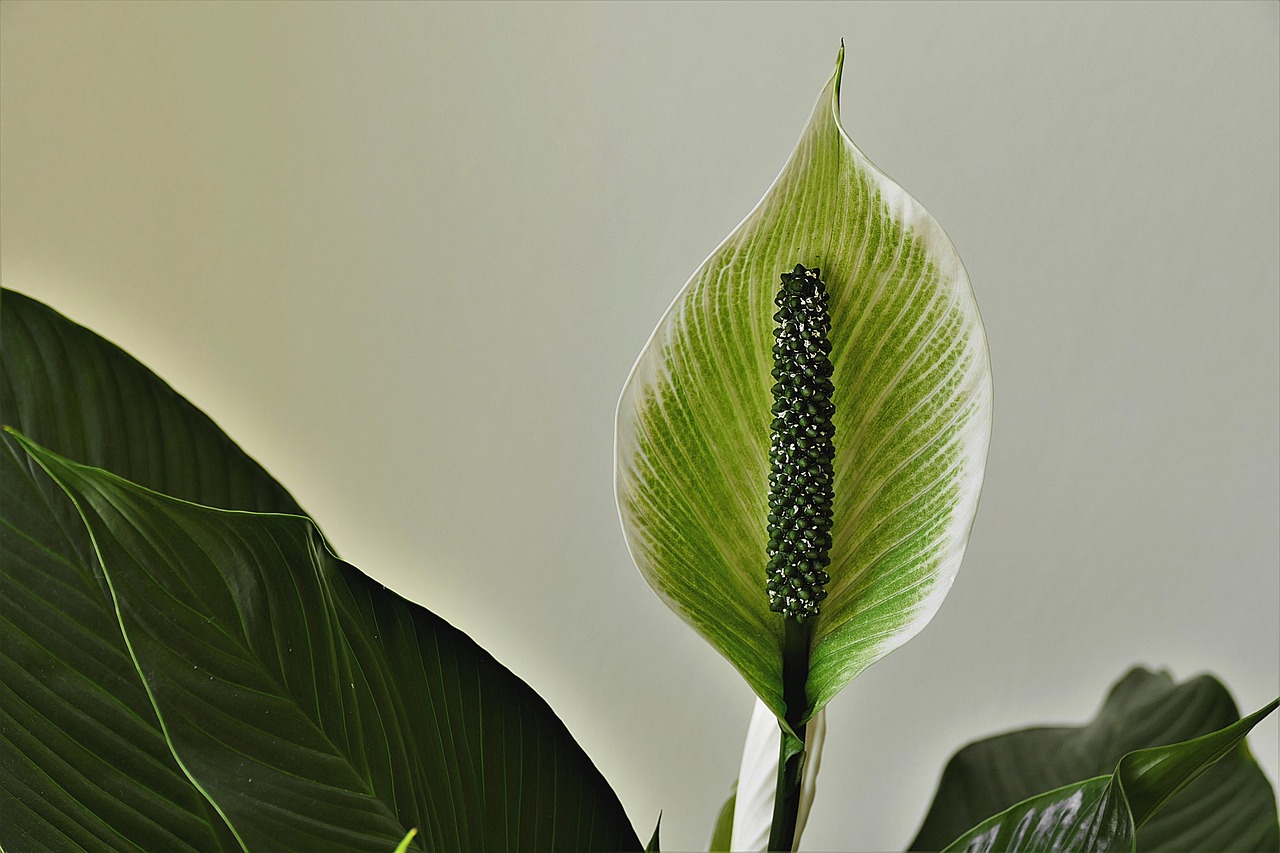
The Peace Lily is one of the most elegant and low-maintenance indoor plants you can have. Known for its glossy green leaves and striking white blooms, this plant not only adds beauty to your space but also purifies the air, making your home healthier. Whether you’re a seasoned plant owner or a beginner, the Peace Lily is an excellent choice, especially for low-light environments.
One of the best things about the Peace Lily is its ability to thrive in dimly lit spaces. While it enjoys indirect light, it can also adapt to lower light conditions, making it perfect for offices, bedrooms, or rooms with minimal sunlight. Plus, it’s a natural air purifier, helping to remove toxins like formaldehyde and carbon monoxide from the air.
Caring for a Peace Lily is simple. It prefers slightly moist soil, so water it when the top inch feels dry, but be careful not to overwater. If its leaves start to droop, that’s a sign it needs a drink! With minimal care, this plant will continue to thrive, offering lush foliage and occasional blooms. If you want a graceful, low-light-friendly plant, the Peace Lily is a perfect choice!
4. Heartleaf Philodendron

The Heartleaf Philodendron is a classic indoor plant loved for its trailing vines and heart-shaped leaves. Whether you place it in a hanging basket, let it cascade from a shelf, or train it to climb, this plant adds a lush, tropical vibe to any space. Best of all, it’s incredibly easy to care for, making it a great choice for beginners and busy plant lovers alike.
One of the biggest perks of the Heartleaf Philodendron is its adaptability. While it thrives in bright, indirect light, it also does well in low-light conditions, making it perfect for rooms with limited natural sunlight. It’s also forgiving if you occasionally forget to water it—just let the soil dry out slightly between waterings to keep it happy.
Beyond its beauty and ease of care, the Heartleaf Philodendron is known for its air-purifying qualities, helping to remove toxins and improve indoor air quality. Its fast-growing vines can reach impressive lengths, but regular pruning will keep it looking full and bushy. If you’re looking for a low-maintenance, low-light-friendly plant that adds a touch of greenery to your home, the Heartleaf Philodendron is an excellent choice!
5. Echeveria
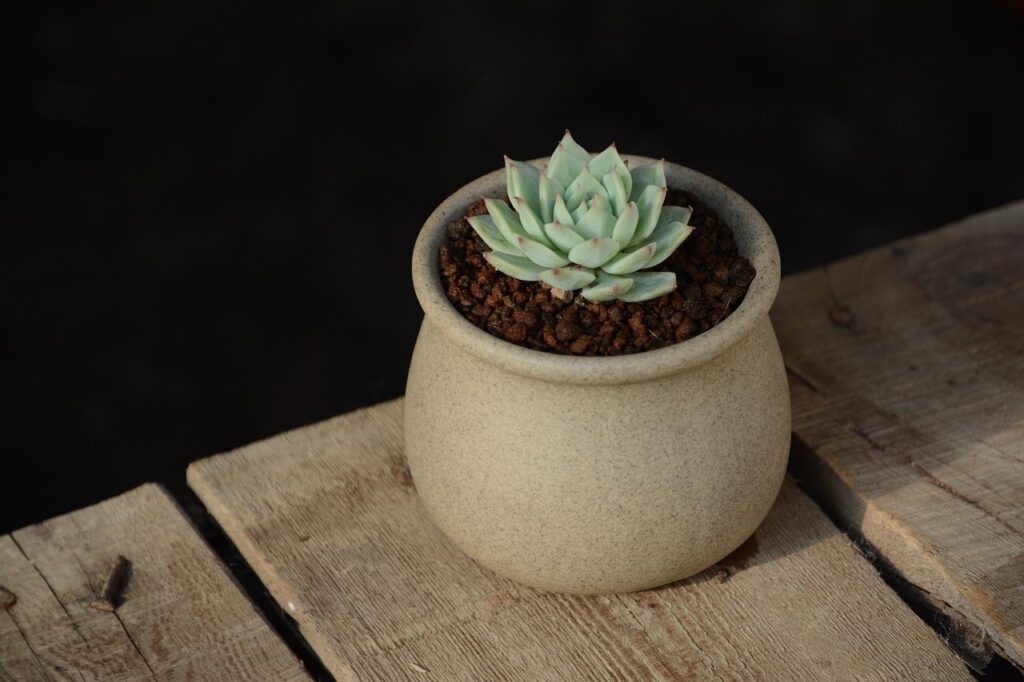
The Echeveria is a stunning succulent known for its rosette-shaped leaves and vibrant colors. Whether you’re new to plant care or a seasoned collector, this low-maintenance beauty is a great addition to any indoor space. Its compact size makes it perfect for small apartments, offices, or windowsills, adding a touch of elegance without taking up much room.
Unlike many other houseplants, Echeveria thrives in bright, indirect light but can also tolerate lower light conditions for short periods. However, if you want to keep its colors vibrant and growth steady, placing it near a window with filtered sunlight is ideal. It’s also incredibly drought-tolerant, needing only occasional watering—just let the soil dry out completely between waterings to prevent root rot.
One of the best things about Echeveria is its ability to propagate easily. If a leaf falls off, you can simply let it dry and plant it in fresh soil to grow a brand-new succulent! With its striking appearance, minimal care requirements, and resilience, Echeveria is a fantastic choice for anyone looking to add a unique and hardy plant to their collection.
6. African Violet

The African Violet is a charming indoor plant known for its velvety leaves and vibrant, delicate flowers. Available in shades of purple, pink, white, and blue, this compact beauty adds a pop of color to any space. Despite its elegant appearance, the African Violet is surprisingly easy to care for, making it a favorite among houseplant enthusiasts.
One of the best things about the African Violet is that it thrives in indoor conditions. It prefers bright, indirect light but can also adapt to lower light settings, making it a great option for offices or rooms with limited natural sunlight. To keep it blooming, place it near a north- or east-facing window and rotate it occasionally for even growth.
Watering is key when it comes to African Violet care. It prefers slightly moist soil but doesn’t like getting its leaves wet, so it’s best to water from the bottom or use room-temperature water. With proper care, this plant rewards you with year-round blooms, adding a touch of elegance to your home. If you’re looking for a small, low-light-friendly plant with continuous flowers, the African Violet is a perfect choice!
7. Chinese Evergreen
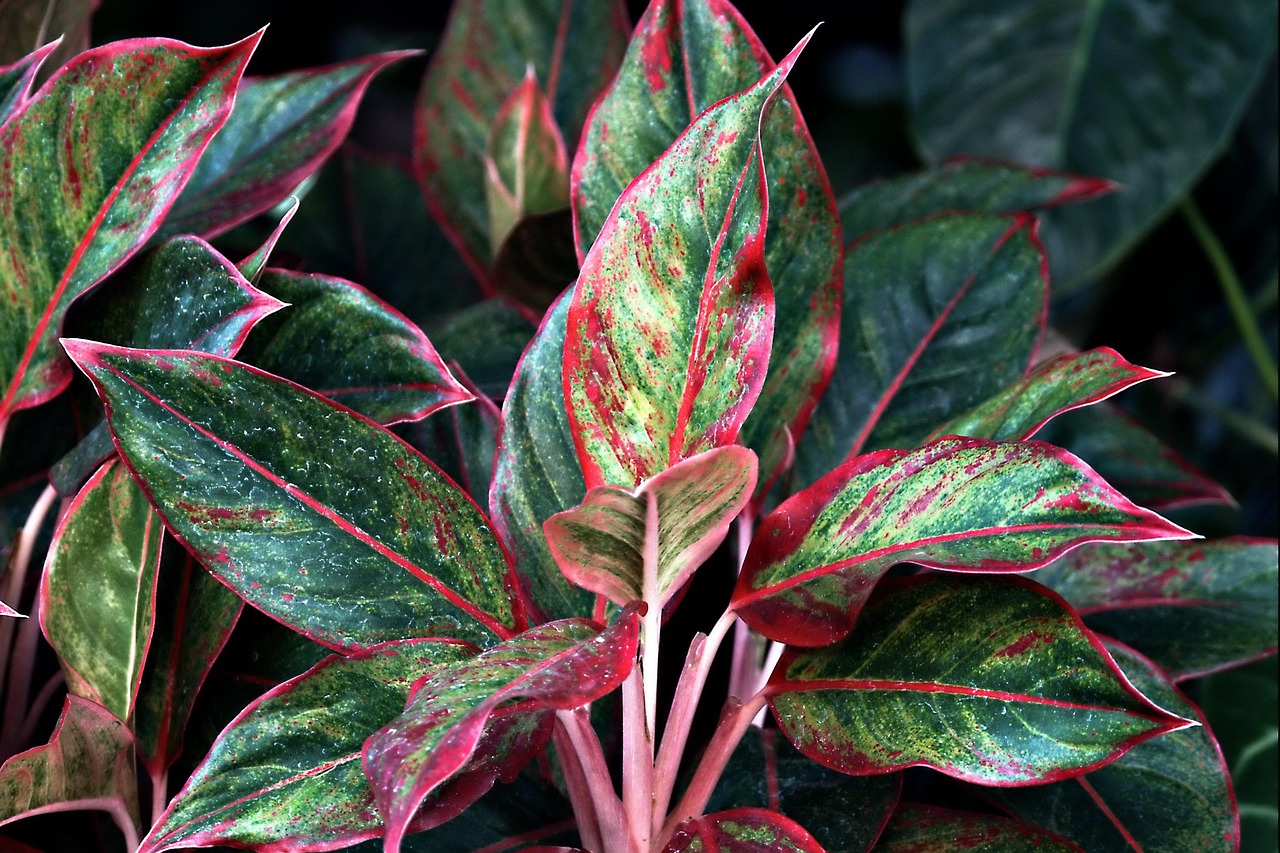
The Chinese Evergreen is one of the most reliable and low-maintenance houseplants you can have. With its beautifully patterned leaves in shades of green, silver, and even red, this plant adds a touch of elegance to any indoor space. Whether you’re a beginner or a seasoned plant lover, the Chinese Evergreen is an excellent choice for homes and offices, especially in low-light conditions.
One of the standout features of the Chinese Evergreen is its adaptability. It thrives in low to medium light, making it perfect for spaces with minimal natural sunlight. Unlike many houseplants, it doesn’t require constant attention—just water it when the soil feels dry, and it will continue to grow beautifully. Plus, it’s known for its air-purifying abilities, helping to improve indoor air quality by filtering out toxins.
Another reason to love the Chinese Evergreen is its resilience. It can tolerate occasional neglect, making it a great option for those who travel often or don’t have much time for plant care. With its striking foliage, easy care, and ability to thrive in low light, the Chinese Evergreen is a must-have plant for any indoor space!
8. Blue Star Fern
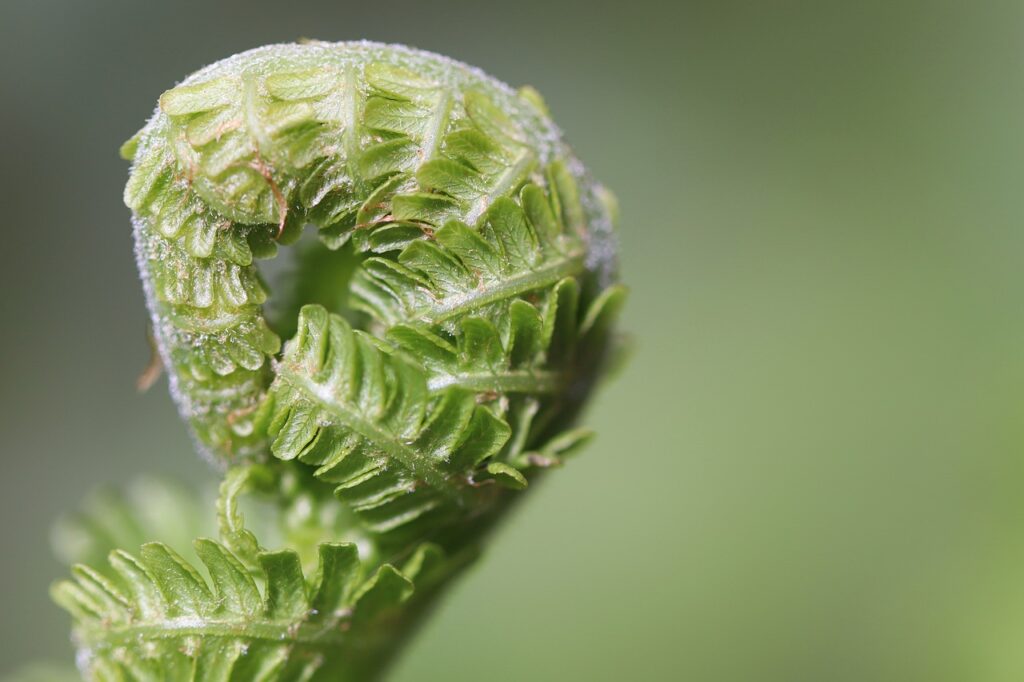
The Blue Star Fern is a unique and eye-catching houseplant, known for its wavy, blue-green fronds that bring a fresh and modern touch to any indoor space. Unlike many ferns that require constant moisture and high humidity, this variety is much more forgiving, making it a great choice for both beginner and experienced plant lovers.
One of the best things about the Blue Star Fern is its ability to thrive in low-light conditions. While it enjoys indirect light, it can adapt to dimmer spaces, making it perfect for offices, bathrooms, or corners of your home that don’t get much sunlight. It also prefers slightly moist soil but doesn’t like to sit in water, so allowing the top layer to dry out between waterings helps keep it healthy.
Another reason the Blue Star Fern stands out is its air-purifying qualities. It helps remove toxins from the air, creating a healthier indoor environment. Plus, its soft, flowing fronds add a relaxed, natural feel to any room. If you’re looking for a low-maintenance, low-light-friendly plant with a distinctive look, the Blue Star Fern is a fantastic addition to your indoor garden!
9. Rex Begonia
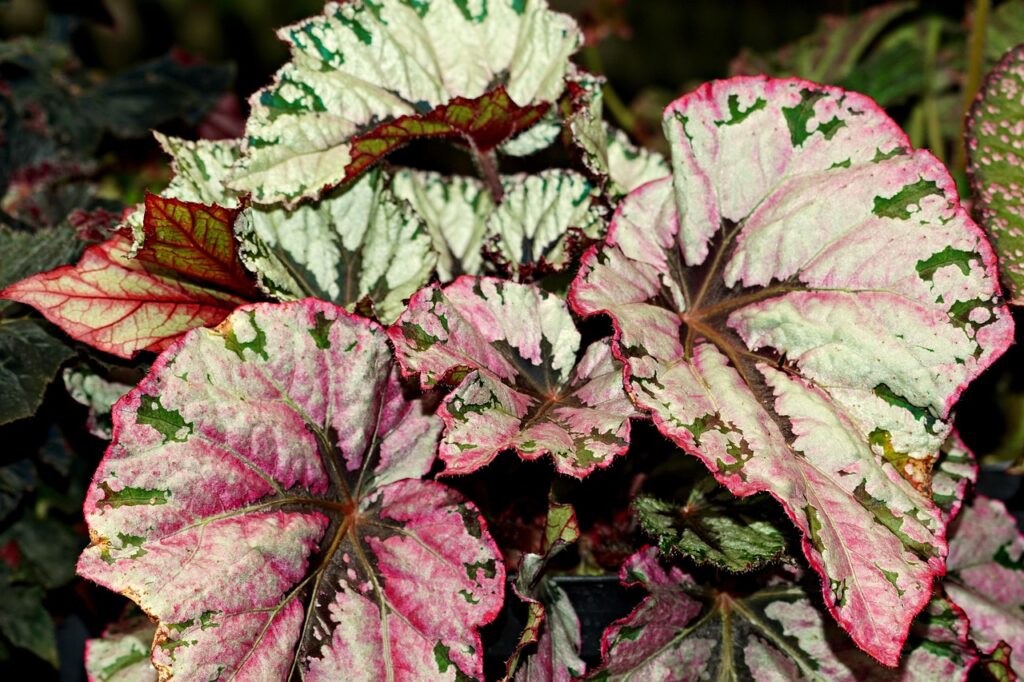
The Rex Begonia is a true showstopper, known for its stunning foliage that comes in a variety of colors, from deep greens and silvers to bold purples and reds. Unlike many flowering houseplants, the Rex Begonia is all about its leaves—each one featuring intricate patterns and a velvety texture that makes it stand out in any indoor space. If you’re looking to add a splash of color and personality to your home, this plant is a perfect choice.
One of the great things about the Rex Begonia is that it thrives in indirect or low light, making it an excellent option for rooms without a lot of natural sunlight. However, it does appreciate some humidity, so placing it in a bathroom or using a pebble tray can help keep it happy. Unlike many houseplants, it doesn’t like soggy soil, so be sure to let the top layer dry out between waterings.
With its vibrant, dramatic leaves and relatively easy care, the Rex Begonia is a fantastic plant for anyone looking to make a statement. Whether placed on a shelf, desk, or as a centerpiece, this plant brings life and color to any indoor space with minimal effort!
10. Boston Fern
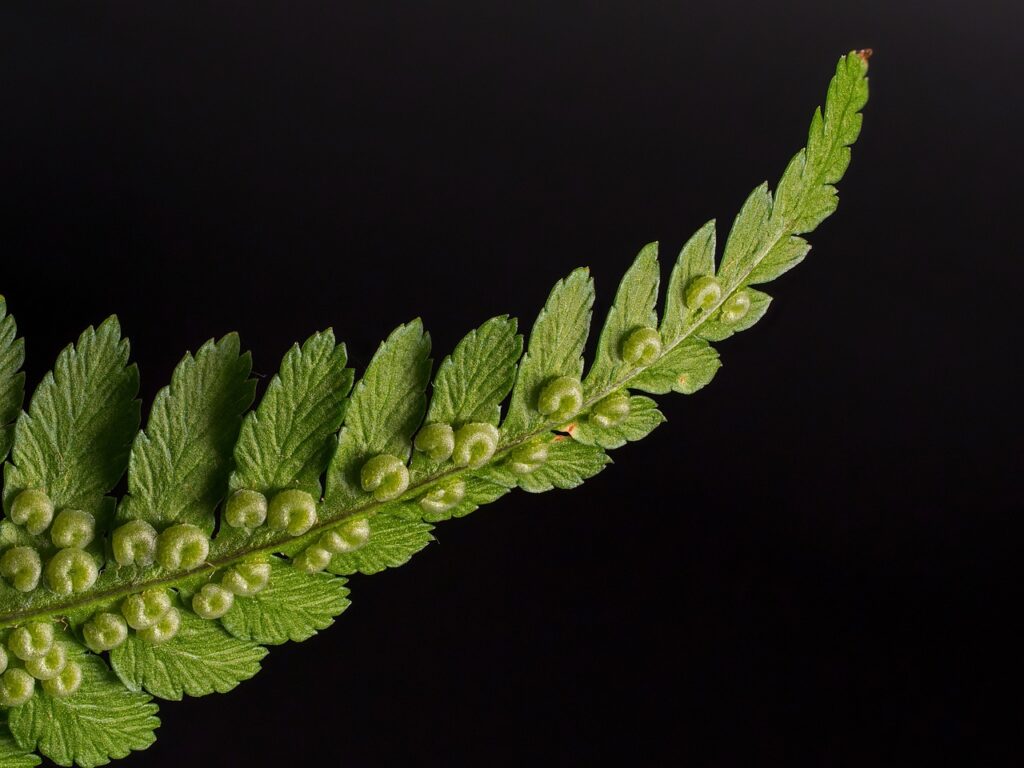
The Boston Fern is a classic indoor plant, loved for its feathery, vibrant green fronds that add a fresh and airy feel to any space. Whether placed in a hanging basket, on a shelf, or as a floor plant, its lush foliage creates a beautiful, natural look. Plus, it’s one of the best plants for improving air quality, making it a great addition to your home.
One of the best things about the Boston Fern is its ability to thrive in indirect or low-light conditions. While it enjoys bright, filtered light, it can also adapt to shadier spots, making it perfect for rooms with limited sunlight. However, it does love humidity, so placing it in a bathroom, misting it regularly, or using a pebble tray can help keep it happy.
Caring for a Boston Fern is simple—it prefers consistently moist soil, so watering when the top layer feels dry is ideal. Avoid letting it dry out completely, as its delicate fronds can turn crispy. With a little attention to moisture and humidity, this plant will reward you with lush, cascading foliage. If you’re looking for an elegant, low-light-friendly plant, the Boston Fern is a fantastic choice!
Frequently Asked Questions
If you’re new to houseplants, the Heartleaf Philodendron, Chinese Evergreen, and Peace Lily are excellent choices. They are easy to care for, adaptable to low light, and require minimal maintenance.
While Echeveria is a hardy succulent, it prefers bright, indirect light. It can tolerate low-light conditions for short periods, but for long-term health and vibrant color, it’s best to place it near a window with filtered sunlight.
Watering frequency depends on the plant. Most low-light plants, like the Chinese Evergreen and Boston Fern, prefer slightly moist soil, while plants like Heartleaf Philodendron and Rex Begonia need the soil to dry out between waterings. Always check the soil before watering to prevent overwatering.
Some low-light plants, such as the Prayer Plant, Boston Fern, and Rex Begonia, thrive in higher humidity. You can increase humidity by misting them, placing them near a humidifier, or using a pebble tray with water
Yes! Many low-light plants, like the Peace Lily, Chinese Evergreen, and Boston Fern, are known for their air-purifying qualities. They help remove toxins and improve indoor air quality.
While some plants can tolerate very low light, they still need some indirect light to thrive. If you’re placing plants in a windowless room, consider using grow lights or rotating them to a brighter spot every few weeks.
Table of Contents
- best indoor plants for low light
- 1. Philodendron
- 2. Prayer Plant
- 3. Peace Lily
- 4. Heartleaf Philodendron
- 5. Echeveria
- 6. African Violet
- 7. Chinese Evergreen
- 8. Blue Star Fern
- 9. Rex Begonia
- 10. Boston Fern
- Frequently Asked Questions
- Mona Lavender Plant: Complete Growing Guide for Beginners
- Alocasia Stingray Plant Guide: Tips for Healthy Growth
- Pink Lilly Flower: Growing and Caring for Pink Lillies

